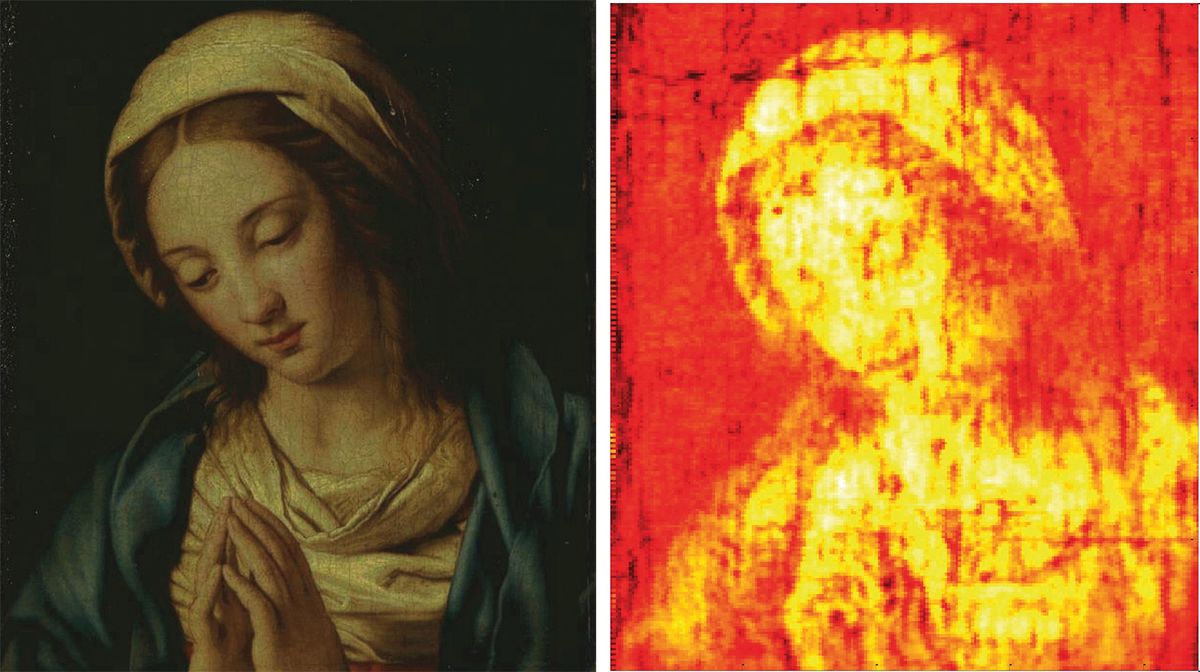Researchers at the Georgia Institute of Technology are taking technology used by geologists in petroleum exploration and applying it to the field of art conservation. Terahertz scanners and associated signal processing techniques are being used to look beneath the surface of works of art to gain insights into the methods used in their creation. The researchers hope the technology, which creates a 3D map of the image, can be used by conservators to identify earlier restorations and fragile areas that need to be monitored, and to assist in authentication.
The Musée de la Cour d’Or in Metz Métropole, France, lent its painting Madonna in Prayer, from the workshop of the Italian Baroque artist Giovanni Battista Salvi da Sassoferrato (1609-85), for the study. The team has also applied the technology to metal objects obscured by layers of oxidation. It has already tested it on a Byzantine coin and is currently trying to decipher an inscription on a lead Medieval cross. “Different techniques provide different information that could be useful to art conservators and historians,” says David Citrin, an engineering professor at the university. “Terahertz gives us the combined ability to [create an] image of a large object relatively quickly and inexpensively. We have shown that you don’t need a fancy system to extract useful information.”


